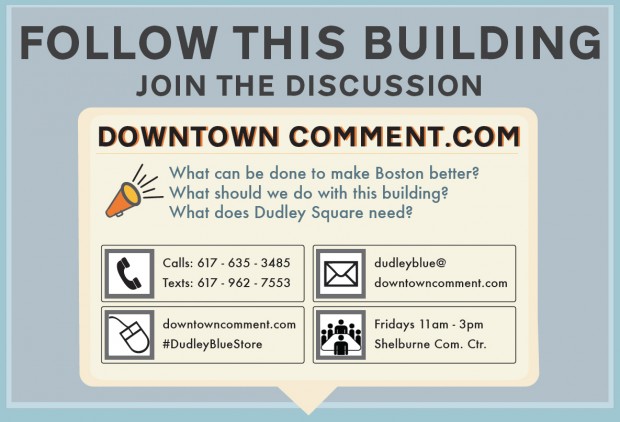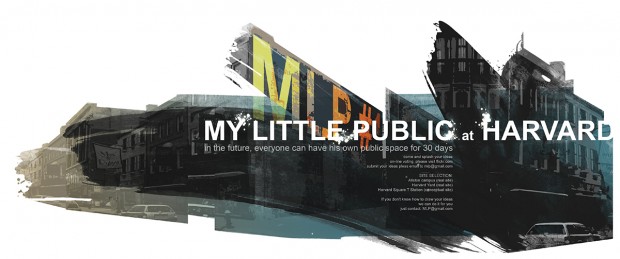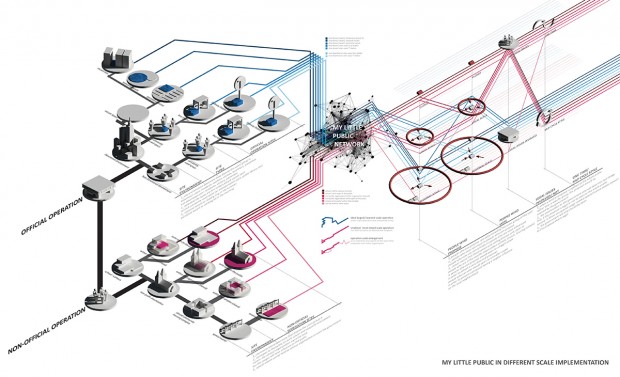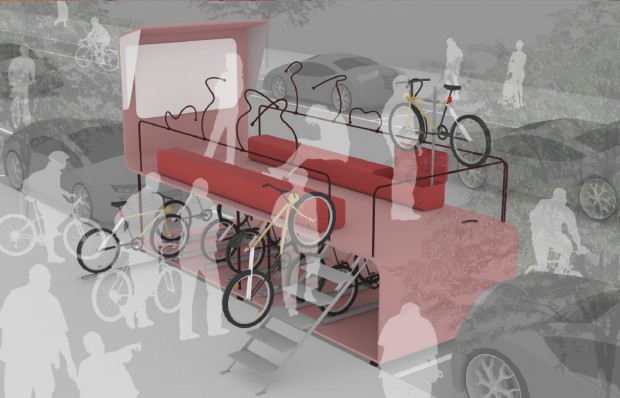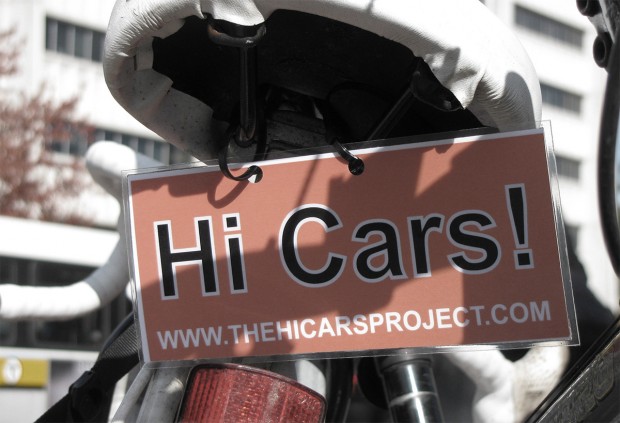Networked Urbanism
design thinking initiatives for a better urban life
apps awareness bahrain bike climate culture Death design digital donations economy education energy extreme Extreme climate funerals georeference GSD Harvard interaction Krystelle mapping market middle east mobility Network networkedurbanism nurra nurraempathy placemaking Public public space resources Responsivedesign social social market Space time time management ucjc visitor void waste water Ziyi

social
Focusing on the relationships between people in a given context. Our role as designers being to connect our design and strategies with people’s needs and initiatives, to assist the creation of communities and to enable systems and spaces for interaction, social creativity, and the emergence of behaviors.
Sometimes it is easy to imagine we have all the world’s knowledge at our fingertips, and that this access makes our lives, and our cities, fundamentally better. In reality, this has proven both maddeningly true and frustratingly false, not just because of the overwhelming volume available, but because the inequities of the network can connect us without the ability to empower us. Information is supposed to break down barriers, to create new urban worlds, and yet it can just as easily reinforce the flawed and the unjust cities of the past.
Nowhere is this more clear than in the public participation process of local governments. As a public agency, all the information within City Hall is, by extension, public knowledge, yet without the tools, expertise, and – it can be argued – the will to make this information available, understandable, and usable, the participation process will remain deeply flawed. This information asymmetry fuels a system that is mutually distrustful where it should be mutually beneficial: residents, lacking data to organize, cannot be expected to comment thoughtfully on a given topic, thus leading city officials to discount public input. Residents’ frustration at being inadequately heard soon leads to apathy, and the entire system collapses.
Downtown Comment attempts to open the process of participation by redesigning the information architecture of local governments, both virtually and through physical interventions in urban space. More than anything, Downtown Comment – and any other work in public participation – should be answering the simple question, “As a resident, where do you go with a good idea?” (more…)
My Little Public is a program that encourages a discussion that could form a new concept of future urban spaces. Through educating children while they are young, we can foster their desire to cultivate an engaging and livable environment. It is a prospect of promoting a culture where people have more awareness and interaction with their environment.
In the recent years, our lives have drastically been altered by the development of the information age. One example is how technology starts to fundamentally change the way we live. Thirty years ago, people could not have imagined a world of computer networks, smartphones, and a staggering number of wireless technologies. For instance, in the 1990s, when making a date with a friend, you might say “let’s meet right at the east entrance of the memorial park at 7:00 sharp.” But in 2010, you might say “let’s meet in the Quincy area at around seven-ish, just call me or text me when you are in the area.” In fact, the development in the information age not only changes the way we are living but how we perceive and interact with physical spaces. Instead of planning precisely, now you can freely meander in that area and just make sure your mobile phone is on and connected. In this new age, how will our physical environment add up to the new perception of space? And what will that be?
As part of the “Networked Urbanism” studio, I developed a relationship with a community in Dorchester that would drive my thesis research and a locally-initiated creative project after graduation. Dorchester is a large, historic, and often stigmatized neighborhood in Boston that exhibits diverse elements of urban living. In addition to generations of Irish- and Polish-Americans, it is home to large Vietnamese, Cape Verdean and Central- and African-American populations. Visually, it lacks the New England orderliness prevalent in Boston, and feels more like a chaotic, contemporary global city. My project sought to connect the diverse residents of this neighborhood with ongoing city planning efforts, and amplify their sense of agency over their physical surroundings.
The implications of a $15-million city planning initiative to improve infrastructure along Dorchester’s main corridor, Dorchester Ave., piqued my interest. Was it paving the way for a developer’s dream of gentrification, or could it genuinely improve the quality of life for residents in the contested neighborhoods traversed by the avenue? (more…)
I worked on the concept of urban bike station for bikers. I began the project with the interest in bikes and the growing culture. When I first noticed that bikes are often locked on street signs and trees, I thought about the relationship of bicycles and urban space.
The Hi Cars! Project is an attempt to change the tenor of how cars and bikes interact on the streets of Boston-by focusing on the people in them. We know that saying hi won’t solve all of our problems with sharing the road and that we also have to work for better infrastructure, better enforcement, and better safety education for drivers and cyclists, but we also know there is something powerful in the attitude adjustment that comes with taking a more playful, conversational approach.
« Previous 1 … 8 9 10
